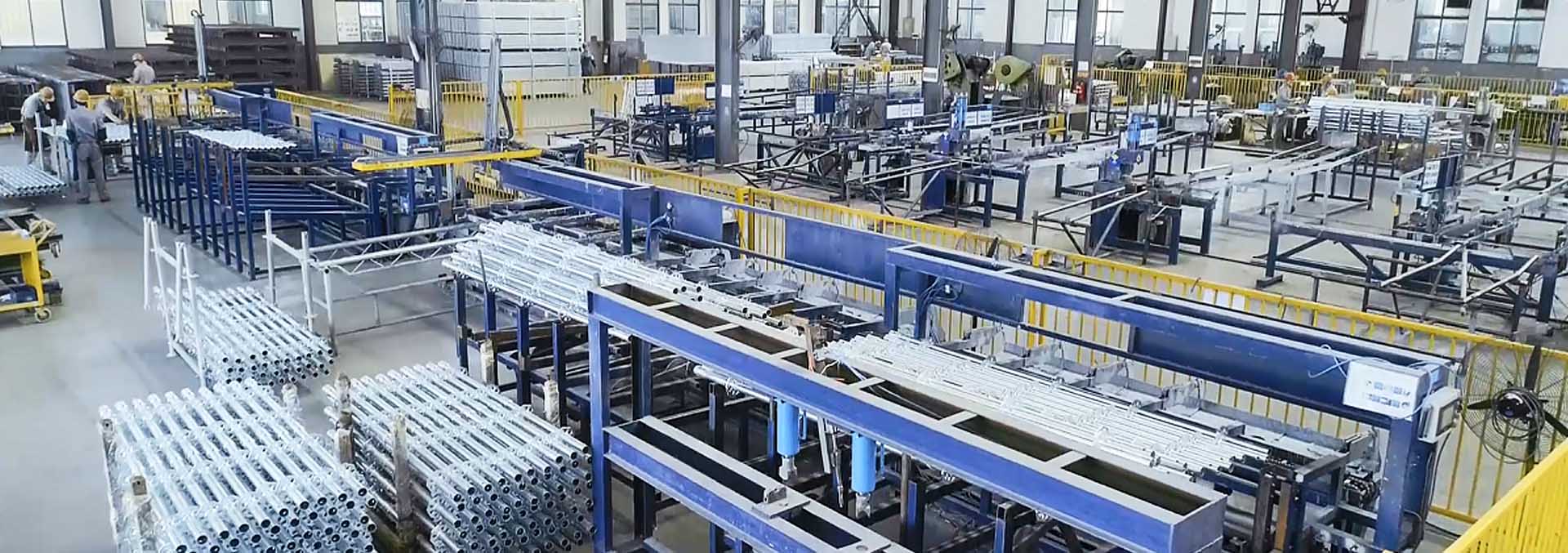A scaffold is a temporary structure erected to elevate and support workers as well as, materials during construction, repair, or surface finishing of a structure. It is usually required when working at height (that is 1.5m above ground level).

Those who erect the scaffolds are called the scaffolders while those who use the scaffold to do work such as painting and bricklaying are called the scaffold users. Scaffolding, on the other hand, can used as interior support.
The functional requirements of scaffolds include:
1. Safety and stability.
2. Ease and speed of erection, disassembly and reuse.
3. Horizontal and vertical accessibility.
Relevant information required for scaffold design include:
1. Site location.
2. Period the scaffold is required to be in place.
3. Intended use.
4. Height and length and any other critical dimensions which may affect the scaffold.
5. Maximum working loads to be imposed and the maximum number of people using the scaffold at any time.
6. Type of access onto the scaffold eg staircase, ladder bay, external ladders.
7. Nature of the ground condition or supporting structure.
8. Any restrictions that may affect the erecting, alteration or dismantling process.

